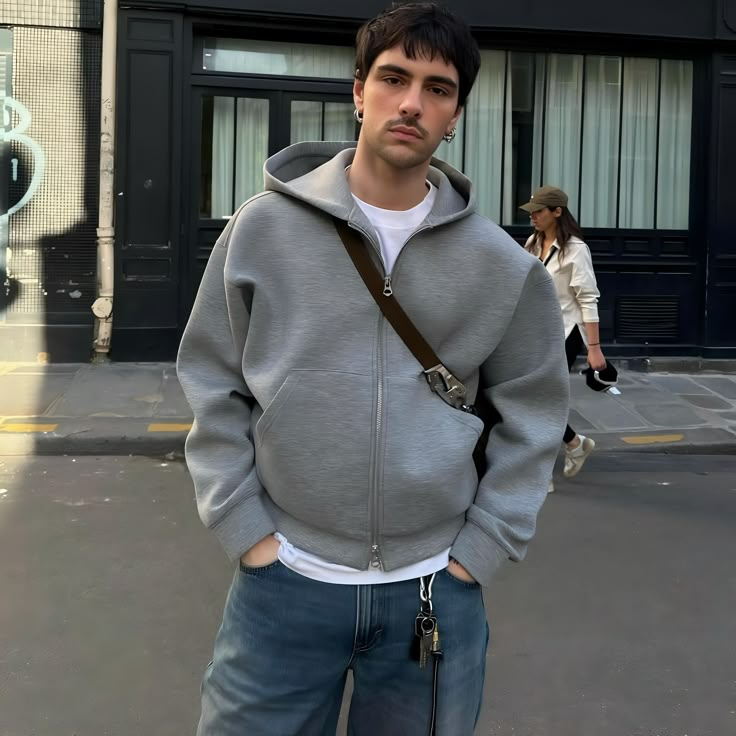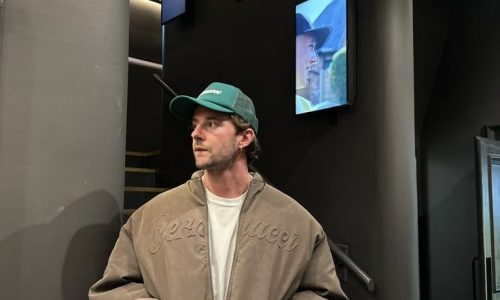
From Fabric to Future: 2025’s Defining Fashion Moments
Introduction
The fashion world in 2025 is not simply about clothing—it’s about transformation. From the foundational threads that shape our garments to the industry-shaking movements that are reshaping how we wear and why we wear, this year has marked a turning point. Designers, brands, and wearers are redefining what it means to get dressed in the modern age. No longer content with fleeting trends or passive consumption, today’s fashion is about conscious choices, radical innovation, and powerful cultural dialogue. In 2025, fabric is not the beginning—it’s the bridge to the future.
The Return of Craftsmanship in a High-Tech World
Despite technological leaps in production, consumers and creators in 2025 are gravitating back toward craftsmanship. Handmade techniques, artisanal processes, and traditional methods have made a strong return, now layered with the precision of digital tools. This fusion of heritage and innovation is producing garments that tell deeper stories. Embroidery, hand-dyeing, weaving, and detailed tailoring are once again celebrated—not as nostalgic nods, but as elevated forms of expression. This revival is not just aesthetic; it’s a rebellion against mass production and the anonymity of machine-made fashion. The industry is proving that technology doesn’t have to erase tradition—it can amplify it.
Biotech Textiles and the Next Wave of Fabrication
Material innovation in 2025 has gone beyond synthetic blends and sustainable cotton. Biotech is at the forefront, creating textiles that grow, heal, and even biodegrade. Lab-grown leather, mycelium fabrics made from mushroom roots, and seaweed-based yarns are revolutionizing what we consider wearable. These aren’t just eco-friendly alternatives; they are materials with new textures, lifespans, and behaviors. Clothing can now interact with the body in unprecedented ways—adjusting temperature, repelling pollutants, or even releasing scents or vitamins. The very concept of what constitutes a “fabric” is being rewritten with biology at the helm.
Sustainability Becomes Default, Not Option
In past years, sustainability was a feature. In 2025, it is the foundation. Every serious brand is embracing circular production, ethical labor practices, and low-impact logistics as core elements of their identity. Recycled fibers, zero-waste patterns, and clothing designed for longevity are no longer just niche offerings—they are standard practice. Brands that fail to meet these expectations are being left behind. The conversation has moved past “why” sustainability matters to “how” it can be meaningfully implemented at scale. Consumers are demanding transparency, traceability, and real accountability from the brands they support.
Fashion as a Tool for Social Commentary
2025’s most powerful fashion moments are not just stylish—they’re statements. Designers are using runways as platforms to address urgent issues: climate change, gender equality, cultural preservation, and digital rights. Collections are being curated to provoke thought, not just admiration. Political slogans, symbolic patterns, and storytelling silhouettes dominate the catwalk. Activism is no longer an external theme—it’s embedded within the design process. Fashion houses are aligning themselves with causes, and young designers are becoming cultural commentators with every stitch. In this new era, clothing isn’t neutral—it’s narrative.
Digital Couture and the Rise of Non-Physical Fashion
Fashion in 2025 is no longer limited to the tangible. With the expansion of digital couture, avatars, and wearable NFTs, virtual style is exploding into the mainstream. Designers now debut collections entirely online, often existing solely in digital formats worn through AR filters or within metaverse spaces. These digital garments are redefining luxury—not through rarity of fabric but through innovation and exclusivity of design. This shift has opened doors to limitless creativity while slashing the environmental impact of traditional fashion cycles. It’s not about replacing physical fashion—but expanding it beyond material boundaries
Conclusion
Fashion in 2025 stands at the intersection of craft, technology, and consciousness. From the resurgence of heritage techniques to the dawn of digital couture, the defining moments of this year reveal a narrative of transformation—where values shape aesthetics, and innovation fuels identity. Designers are no longer just makers of garments; they are storytellers, engineers, and activists. Materials are no longer just textiles; they are living, responsive, and intelligent. Consumers are no longer passive trend-followers; they are engaged, informed participants in a global fashion dialogue.



